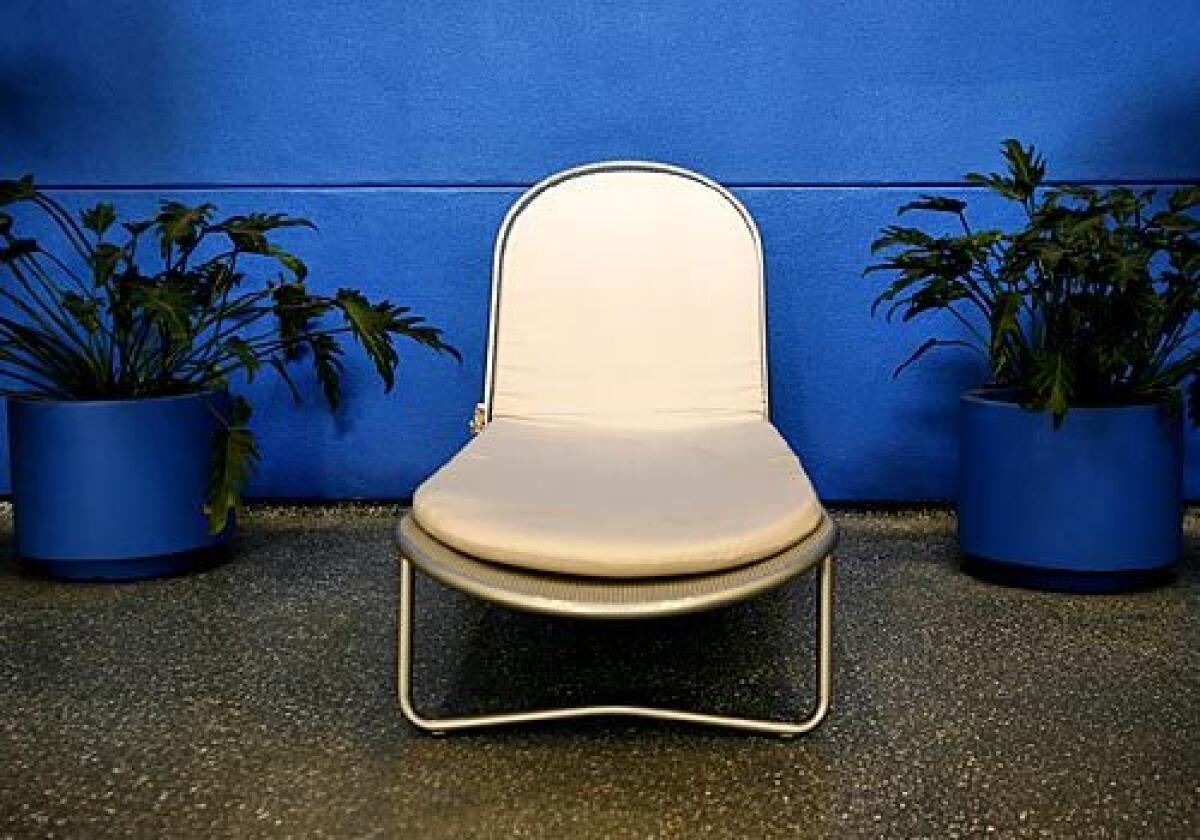A Word, Please: Grammar blunders that have crept into regular English usage

- Share via
Deep down in everyone lurks a stickler. Sure, some of us go to great lengths to silence the beast within. I, for one, spend a lot of time preaching language tolerance.
But beneath these carefully crafted outward appearances resides a control freak who cares nothing for language realities. While my reasonable outer self argues there’s nothing wrong with putting “there’s” before a plural or writing “chaise lounge” or “chomping at the bit,” the inner beast howls protestations very much to the contrary.
You’ll never catch me advocating such unreasonable stickler positions out loud. But know that, somewhere in the darkest recesses of my soul, the following terms are rubbing me the wrong way.
“There’s” before a plural. There is milk in the fridge. There are strawberries in there, too. Not difficult. “There’s” is a shorter form of “there is.” “Is” corresponds to a singular form: milk. “Are” corresponds to a plural: strawberries.
Using “there’s” before a plural isn’t technically an error. But don’t tell that to my inner grammar snob, who’s constantly cringing at forms like “There’s strawberries in the fridge.” Even more forgivable forms like “There’s some strawberries in the fridge” rub me the wrong way.
In these, intervening words like “some” soften the effect of “there’s strawberries” because “some” modifies singular nouns, “some milk,” as well as plural nouns, “some strawberries.” So the singular “there’s” doesn’t sound as bad when it sits next to “some.” Still, I don’t like it.
Chaise longue. You know those long beach chairs where you aspire to spend every summer with a book? They get their name from the French “chaise longue,” which means “long chair.” But chances are you’ve read it with the word “lounge” in place of “longue.” That’s fine. People have been calling them “chaise lounges” since at least the 1920s, when Montgomery Ward and Sears catalogues started writing them that way.
“Lounge” in place of “longue” has been gaining steam ever since — a process known as “folk etymology.”
“In folk etymology, words or word elements are transformed in such a way as to make them closer to more familiar or better understood words,” writes Merriam-Webster’s Dictionary of English Usage.
In the 19th century, Americans, including Mark Twain, sometimes used “lounge” to refer to a piece of indoor reclining furniture. So it’s not hard to see how we got the now-correct but not-quite-stickler-approved “chaise lounge.”
Chomping at the bit. A bit is a metal bar that’s attached to a bridle that a horse holds in its mouth. To champ is to gnash or bite or chew at something, especially when a horse does it. “Champing at the bit” emerged from the equestrian world to mean “to show impatience of delay or restraint,” as a horse might when it’s eager to run but being held back by reins pulling on the bit in its mouth.
People whose experience with the term is far removed from horses may be more familiar with the word “chomp,” which dictionaries allow as a synonym of “champ.”
Beg the question. This was once a very specific term referring to any of several very specific logical fallacies. Most properly, you beg the question when you make an argument that already has the conclusion of your argument baked into the premise: “She’s awesome because of her awesomeness.”
But people use “beg the question” to mean “raise the question” so often that it has become standard and accepted by most language authorities (though I bet a lot of those same language authorities’ inner sticklers scream in protest too).
Hone in on. Many people who use this term do so because they don’t know that the original “home in on” refers to a homing pigeon. So to home in on something is to pinpoint it as your target and head straight for it. The word “hone,” which means to sharpen to a fine point, has inserted itself in the phrase.
But it’s not recommended. “Your use of it especially in writing is likely to be called a mistake,” writes Merriam-Webster’s Collegiate Dictionary.
June Casagrande is the author of “The Joy of Syntax: A Simple Guide to All the Grammar You Know You Should Know.” She can be reached at JuneTCN@aol.com.
